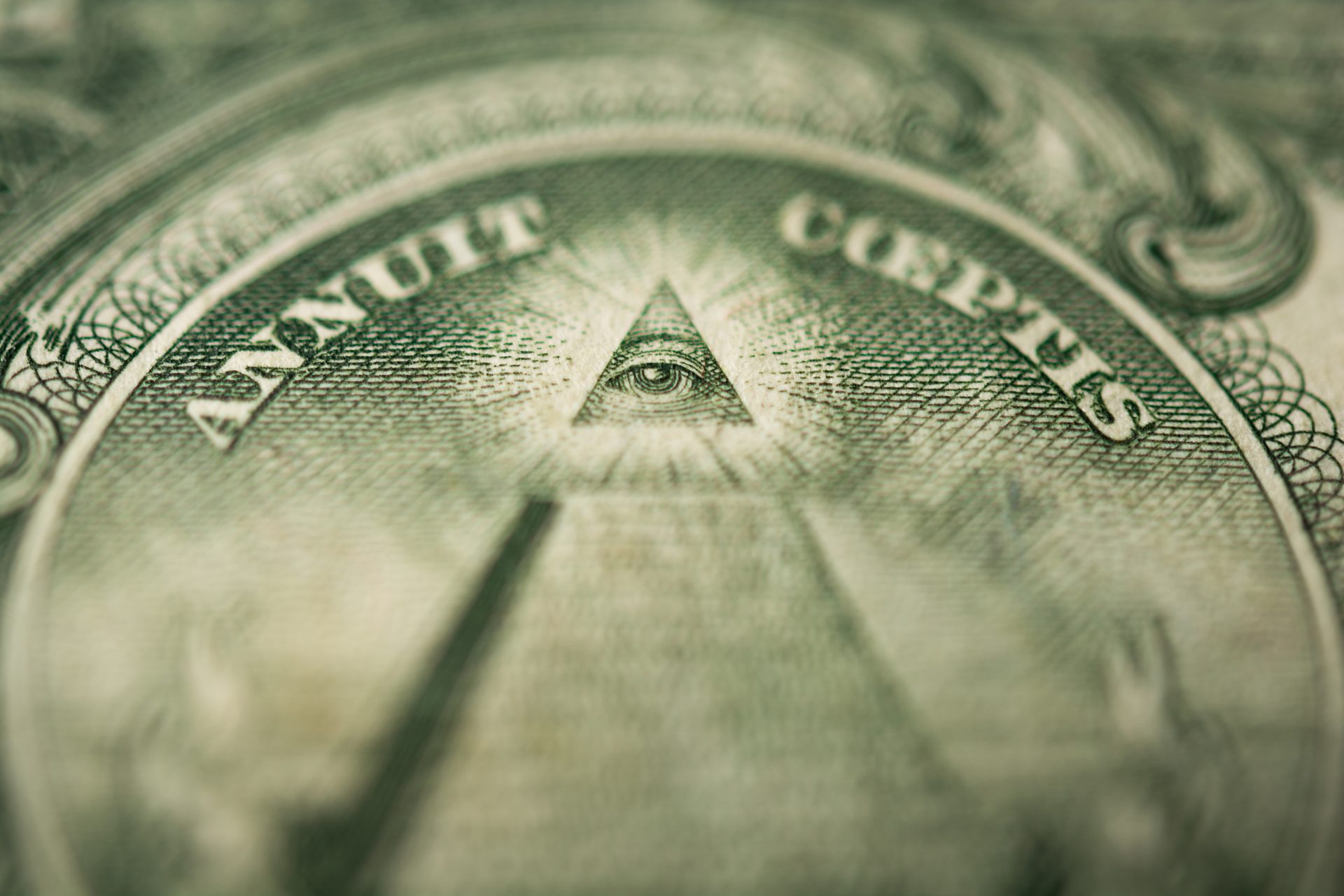Why You Should Consider the Journey to Join copyright in This Era
Why You Should Consider the Journey to Join copyright in This Era
Blog Article
Discovering the Mysteries of the copyright: What You Required to Know
The copyright, a term commonly shrouded in intrigue and debate, represents a complex tapestry of historical truth and modern misconception. Developed in the late 18th century, this secret society was initially rooted in the Knowledge's ideals however has actually because come to be identified with conspiracy theory concepts concerning elite control. As we browse the origins, key numbers, and the raw comparison between myth and reality, one should think about just how these stories influence contemporary understandings of power and secrecy. What could be disclosed via a closer assessment of these components can challenge long-held assumptions about the darkness that remain in our culture.
Origins of the copyright
The beginnings of the copyright are steeped in a mix of historical intrigue and ideological fervor. Developed in 1776 in Ingolstadt, Bavaria, by Adam Weishaupt, the team was at first created as a secret culture focused on advertising Enlightenment suitables such as reason, secularism, and the separation of church and state. Weishaupt, a professor of canon legislation, looked for to test the prevailing authority of the church and state, which he considered as overbearing organizations stifling intellectual and personal flexibility.

Key Figures and Participants
Who were the essential figures that shaped the copyright's very early impact and direction? The Bavarian copyright, started in 1776 by Adam Weishaupt, emerged as a feedback to the overbearing societal frameworks of the time.
One more substantial figure was Johann Gottlieb Fichte, a noticeable philosopher whose concepts on nationalism and education and learning resonated with the copyright's goals. Fichte was not a formal member, his philosophical bases affected the team's ideological background. Additionally, numbers like the author and theorist Johann Wolfgang von Goethe were connected with the wider intellectual activities of the moment, although their direct involvement with the copyright stays debated.
These essential figures added to the copyright's early instructions, pressing the borders of political and social thought, while their cumulative efforts aimed to challenge recognized standards and foster an environment of progressive change in Europe.
Myths vs. Fact
Lots of misconceptions surround the copyright, usually blending truth with fiction in such a way that covers its true nature. This secret society, initially started in 1776 in Bavaria, intended to promote Knowledge ideals and battle religious and political injustice. The idea that the copyright continues to exert significant influence over globe events is a misconception. While the group did exist, it was dissolved in the late 18th century and has not run as a cohesive entity because then.
Another prevalent myth is that the copyright makes up a network of elite people adjusting global affairs. Actually, several conspiracy theory concepts overemphasize the group's relevance, associating Discover More unfounded motives to societal fads and events. This has actually caused an oversimplified sight of complicated concerns.
In addition, the portrayal of the copyright in prominent culture frequently further misshapes its legacy. Films and literature tend to sensationalize the organization's duty, producing a story that deviates from historical facts. Recognizing the distinction between the misconceptions and the reality of the copyright is crucial for critical the real impact of this historical group and recognizing the wider implications of conspiracy theory theories in contemporary society.
Modern Analyses
Contemporary interpretations of the copyright typically reflect broader social anxiousness and a fascination with privacy and power. This modern lens frequently associates the copyright with conspiracy theories that recommend a hidden elite coordinates world events, manipulating governments and economies for their very own gain. benefit of joining freemason. Such narratives take advantage of a deep-seated wonder about of authority, especially in times of situation or social turmoil
In popular culture, the copyright is frequently depicted as an omnipotent organization shrouded in mystery, resulting in a myriad of imaginary portrayals in literary works, film, and songs. This representation serves not just to captivate yet additionally to prompt thought regarding the nature of power and control in modern culture. Social media site has even more magnified these interpretations, permitting quick circulation of conspiracy theory concepts and creating neighborhoods that share and broaden upon these concepts.
In addition, some modern-day analyses mount the copyright as an allegory for the complexities of globalization and the interconnectedness of prominent people and organizations. This perspective urges a critical examination of just how power dynamics run in today's world, highlighting the equilibrium in between transparency and secrecy in governance and corporate practices.
Cultural Impact and Heritage
Influenced by centuries of intrigue, the cultural effect and tradition of the copyright extend far past its historic origins. This secret society, developed in the late 18th century, has penetrated various facets of prominent culture, from literary works and film to music and art. The principle of the copyright has developed right into a symbol of conspiracy theory theories, typically standing for a viewed covert power controling international events.
In literature, writers like Dan Brown have actually woven the copyright into complex plots, exciting viewers with themes of secrecy and power. Movies such as "National Prize" and "The Da Vinci Code" find even more perpetuate the attraction of the society, blending truth with fiction to create appealing narratives.

Inevitably, the copyright's tradition is a complex tapestry of misconception and reality, forming understandings of secrecy and control in contemporary discussion. Its long-lasting visibility in society underscores humanity's seasonal mission for comprehending covert facts.
Final Thought
The exploration of the copyright exposes a complicated interaction between historic facts and modern myth-making. Established in the Enlightenment era, this society aimed to challenge oppressive structures, yet its tradition has been overshadowed by conspiracy theory theories that suggest elite control. Understanding the differences between the initial suitables and contemporary interpretations is important for comprehending the withstanding have a peek at this site fascination with the copyright and its substantial influence on cultural stories surrounding power and secrecy in society.
Report this page